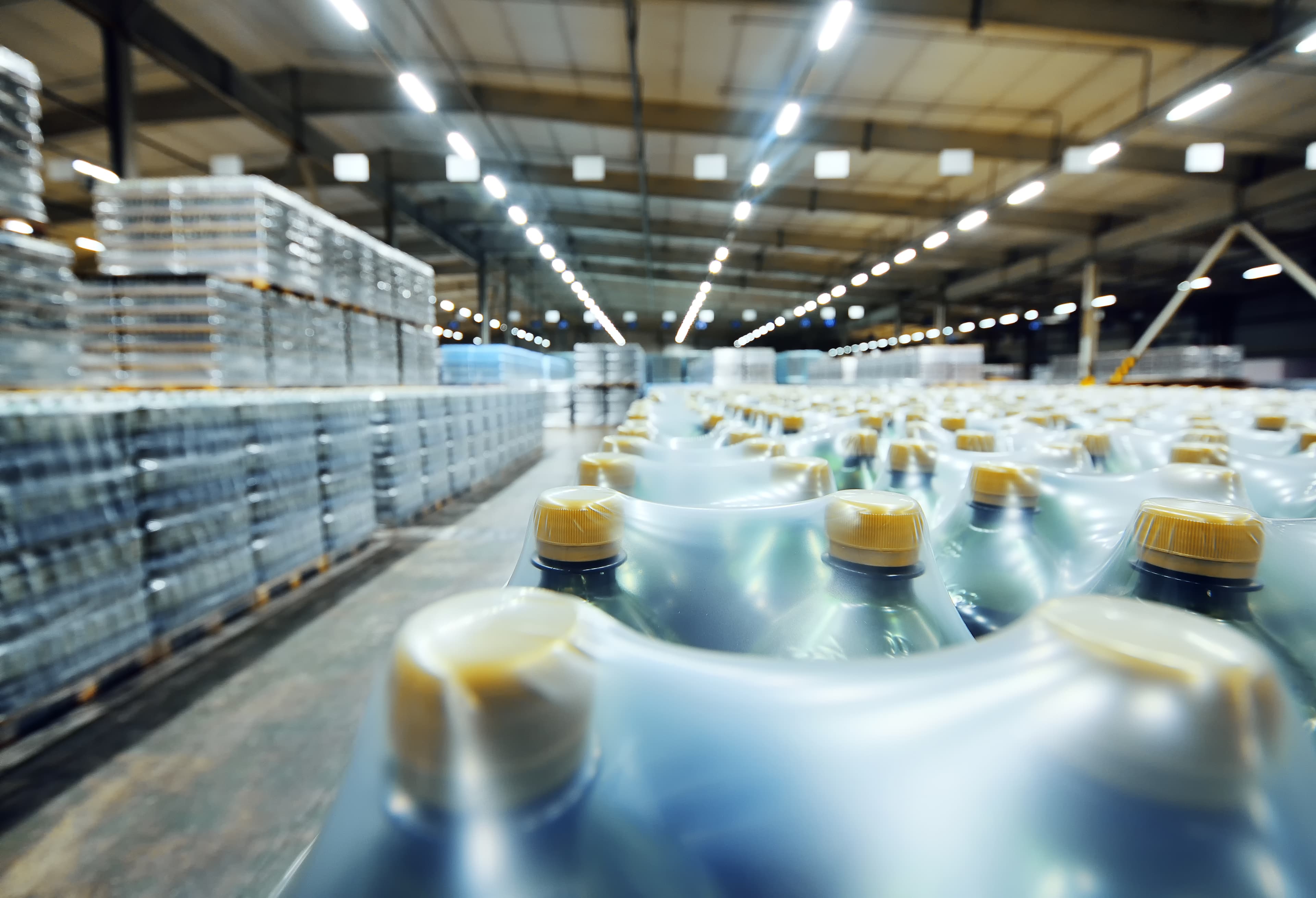Bioethylene production: Pathways to sustainable chemical manufacturing

In today's rapidly evolving chemical industry, the push toward decarbonization has sparked significant interest in bioethylene production. As a fundamental building block for countless products—from packaging materials to textiles—ethylene traditionally carries a heavy carbon footprint. But what options exist for producing this vital chemical more sustainably?
The Importance of Bioethylene
Ethylene serves as the primary feedstock for numerous commodity polymers including polyethylenes (HDPE, LDPE), polyvinyl chloride, and is essential in producing ethylene glycol for PET production. More recently, it's become a key ingredient in sustainable aviation fuel production, aligning with global decarbonization initiatives like those adopted by the International Civil Aviation Organization (ICAO).
Three Main Production Pathways
There are three primary routes to bioethylene production currently being developed and implemented:
1. Bioethanol-to-Bioethylene
This pathway involves dehydrating bioethanol (produced from biomass) to create ethylene. Major technology providers include Axens, Braskem, KBR, and Technip Energies. The process is relatively straightforward, with ethanol dehydrated over activated alumina catalysts to generate ethylene with yields of 96 percent and selectivity of 95-99 percent.
Recent announcements show continued interest in this route, with projects planned by Braskem and Mitr Phol in Thailand, Dow and New Energy Blue in Texas, and GAIL with Petron in India.
2. Municipal Solid Waste-based Methanol-to-Olefins (MSW-based MTO)
This integrated approach involves:
Gasifying municipal solid waste to produce syngas
Converting syngas to methanol
Transforming methanol to olefins including ethylene
Companies like Enerkem, GIDARA Energy, and NextChem are developing commercial facilities using this technology. The process offers significant environmental benefits by diverting waste from landfills.
3. Renewable Naphtha Steam Cracking
This involves using renewable naphtha (from biomass pyrolysis oil or as a byproduct of sustainable diesel production) as a feedstock in conventional steam crackers. Companies like BASF, BTG Bioliquids, and UPM Kymmene are advancing technologies to upgrade pyrolysis oils to steam cracker-ready renewable naphtha.
Economic Considerations
The economic analysis reveals interesting insights:
Bioethanol-to-bioethylene has the lowest capital intensity but currently shows negative cash margins due to high bioethanol costs.
Mixed naphtha steam cracking (with 5% renewable naphtha) shows positive cash margins but has the highest carbon intensity.
MSW-based MTO demonstrates the highest cash margins and lowest carbon intensity but requires the highest capital investment. Its economics heavily depend on tipping fees for waste processing.
Carbon Intensity Comparison
When analysing the full environmental impact:
MSW-based MTO has the lowest total carbon intensity, with negative emissions due to avoided landfill emissions.
Bioethanol-to-ethylene has moderate carbon intensity.
Mixed naphtha steam cracking has the highest carbon intensity.
Regional differences in electricity grid composition significantly impact the carbon intensity calculations, with Brazil and Western Europe showing better performance due to their higher renewable electricity percentages.
Alternative Technologies on the Horizon
Several emerging technologies show promise:
Dry reforming of methane with carbon dioxide to produce syngas for methanol synthesis
Electrochemical reduction of carbon dioxide to directly produce ethylene at ambient conditions
These approaches could potentially offer even lower carbon intensities but remain in development stages.
The Path Forward
The bioethylene landscape presents a classic sustainability trilemma balancing economics, environmental impact, and technical feasibility:
Bioethanol-to-bioethylene offers the simplest technical solution with moderate carbon benefits but faces economic challenges.
MSW-based MTO provides the best environmental performance but requires significant capital investment.
Renewable naphtha steam cracking offers the easiest integration with existing infrastructure but delivers more modest environmental benefits.
Government policies, carbon pricing mechanisms, and technological improvements will likely determine which pathways ultimately dominate the market. For now, companies are pursuing multiple approaches, recognizing that regional factors and specific business contexts will influence the optimal solution for sustainable ethylene production.
As the chemical industry continues its decarbonization journey, bioethylene represents a critical frontier in creating more sustainable supply chains for countless everyday products. The technology that ultimately prevails will need to balance economic viability with environmental performance in an increasingly carbon-conscious marketplace.
Find out more…
Biorenewable Insights: Bioethylene (2025 Program)
This report provides an overview of commercial and developmental routes for the production of bioethylene. Technologies that are discussed in the report include - but not limited to -bioethylene from bioethanol, bionaphtha and municipal solid waste-based methanol-to-olefin plants. Recent developments by major players are presented, with process economics comparison and carbon intensity analysis for different production routes. The process economics is also mapped against the carbon intensities for corresponding production technologies in different regions.
About Us - FGE NexantECA is the leading advisor to the energy, refining, and chemical industries. Our clientele ranges from major oil and chemical companies, governments, investors, and financial institutions to regulators, development agencies, and law firms. Using a combination of business and technical expertise, with deep and broad understanding of markets, technologies, and economics, FGE NexantECA provides solutions that our clients have relied upon for over 50 years.
Contact our team of industry experts